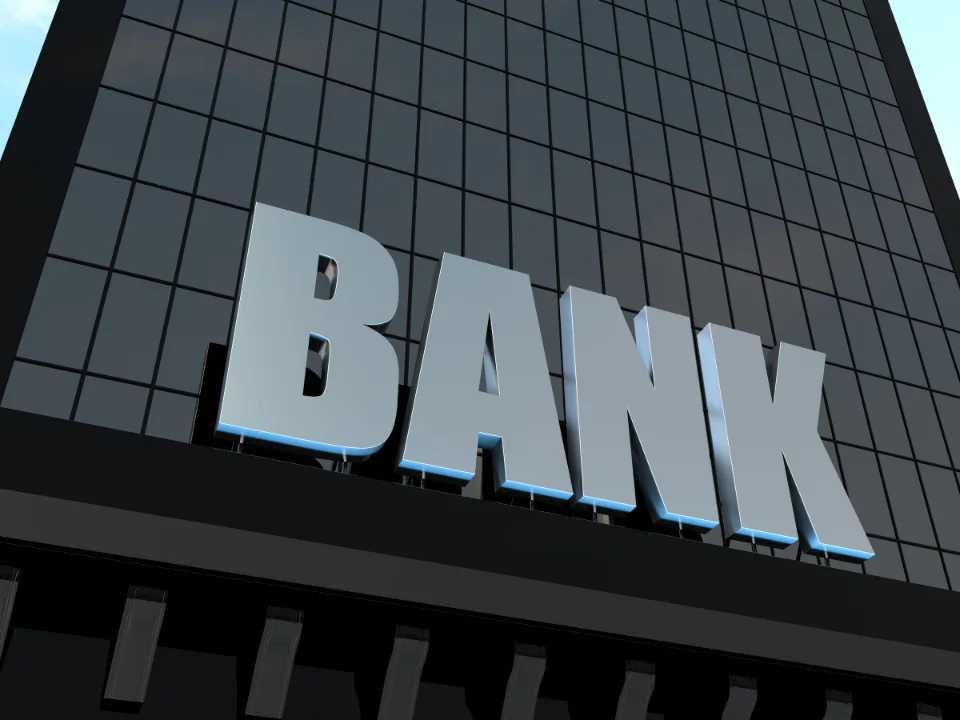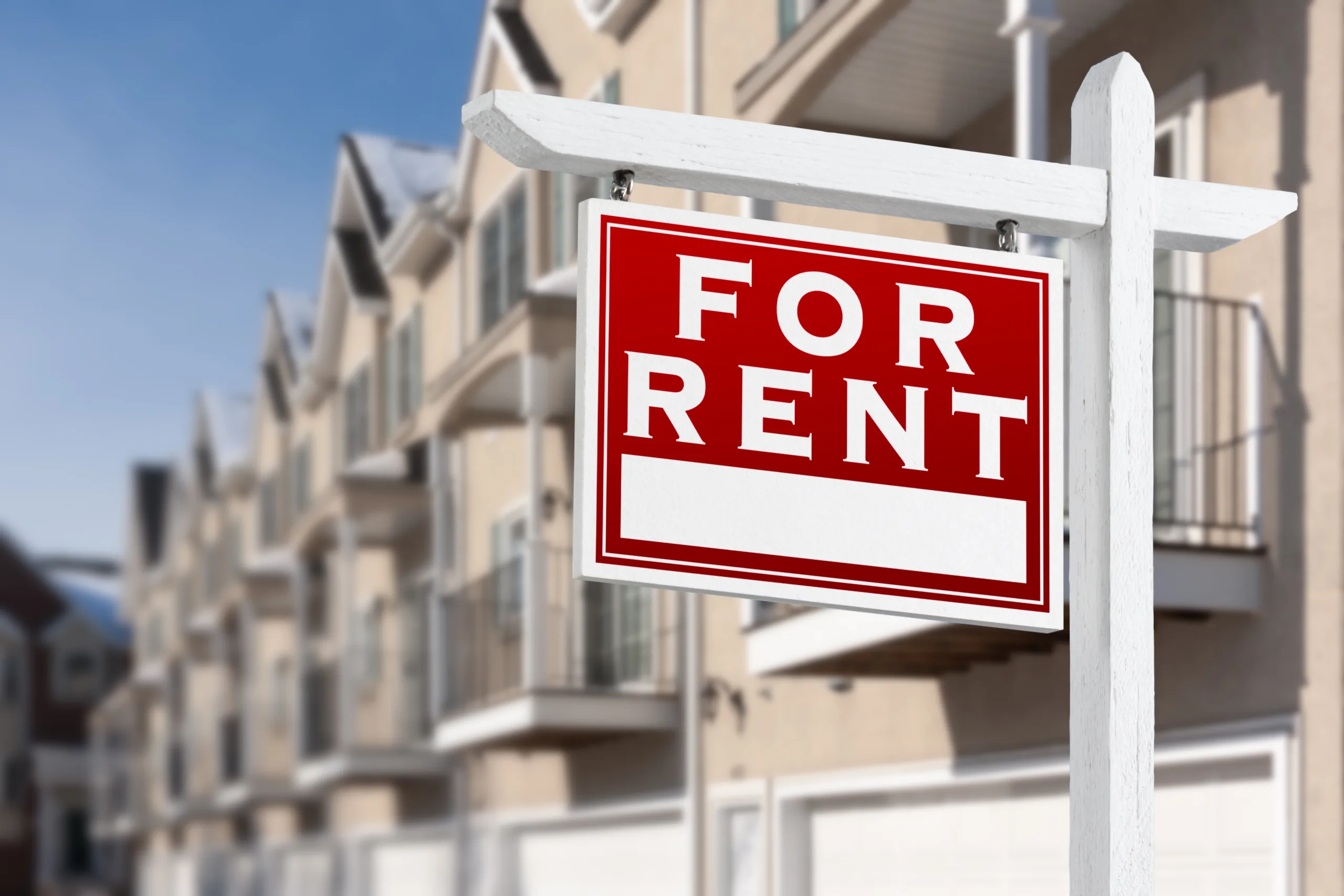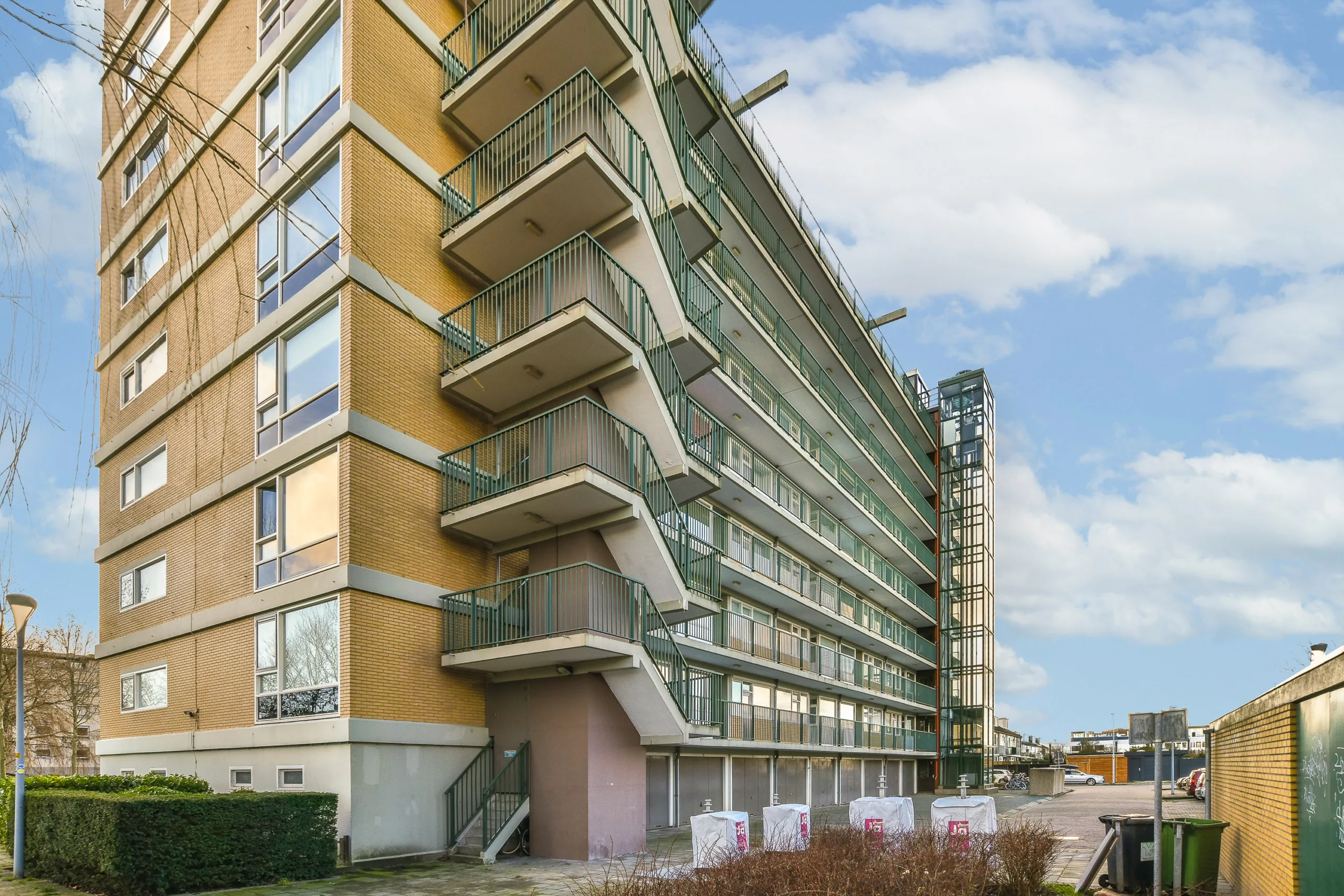- The Trump administration is weighing a proposal to lower the Community Bank Leverage Ratio (CBLR) from 9% to 8% to unlock capital and increase lending.
- If approved, the change could revive commercial real estate lending from small and mid-sized banks, which pulled back significantly in recent years.
- The proposal reflects a broader deregulation push and would require approval from key federal regulators including the Fed, FDIC, and OCC.
A New Push to Free Up Lending
The Trump administration is considering a regulatory change to help small banks lend more. The plan would lower the CBLR from 9% to 8%, as reported by Bisnow.
This would allow small banks to carry more debt and hold less capital, freeing up funds for new loans. That change could significantly boost commercial real estate lending.
CRE Lending on the Sidelines
The move comes after years of pressure from small and mid-sized banks to ease the CBLR, arguing that post-GFC regulations have overly constrained their ability to lend. In 2023, many of these institutions pulled back from CRE debt markets amid tighter standards and broader economic uncertainty.
Private equity firms and other non-bank lenders filled some of the financing gap, but high borrowing costs and risk volatility have continued to chill new development.
Not Everyone Agrees
Critics, including Fed Vice Chair for Supervision Michelle Bowman, have expressed concerns that the current CBLR is too rigid to be widely effective. As of August, just 1,662 of the 4,000+ US community banks had opted into the CBLR framework. Bowman suggested reforming the ratio could improve its adoption and overall effectiveness.
Any formal proposal to lower the leverage cap would go through a public comment period and would need approval from the Federal Reserve, FDIC, and the OCC.
Get Smarter about what matters in CRE
Stay ahead of trends in commercial real estate with CRE Daily – the free newsletter delivering everything you need to start your day in just 5-minutes
Deregulation in Focus
The administration has made financial deregulation a policy cornerstone, with signals that large banks could also benefit from reduced leverage ratio requirements in the near future.
“This is shaping up to be the most aggressive streamlining of banking regulations since Dodd-Frank,” said Ian Katz, managing director at Capital Alpha Partners.
What’s Next
If the leverage ratio rule is lowered, it could significantly alter the capital landscape for commercial real estate — especially for mid-sized developments reliant on local and regional banks. The broader impact could be an uptick in construction activity in markets where lending has stalled post-pandemic.
As regulators weigh public feedback, the CRE industry will be watching closely.

















